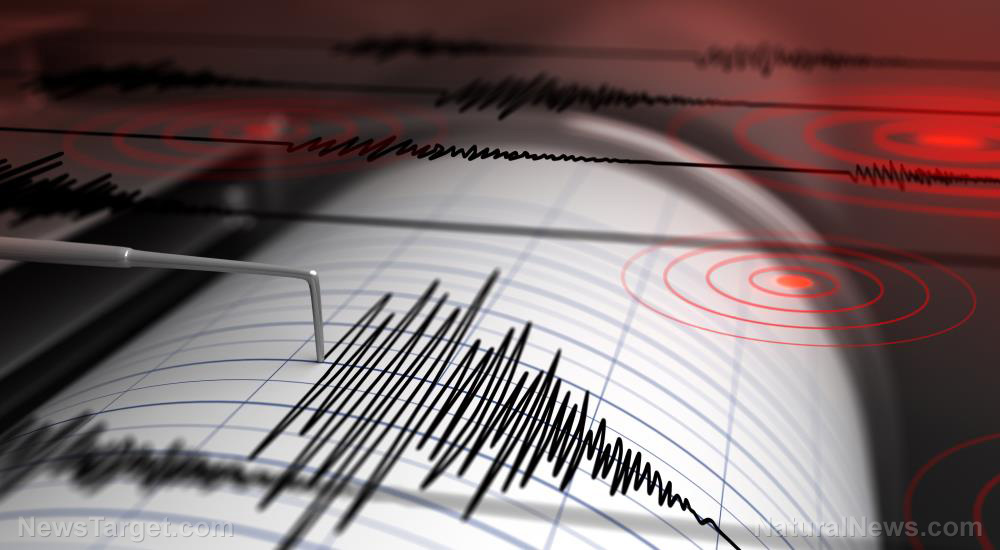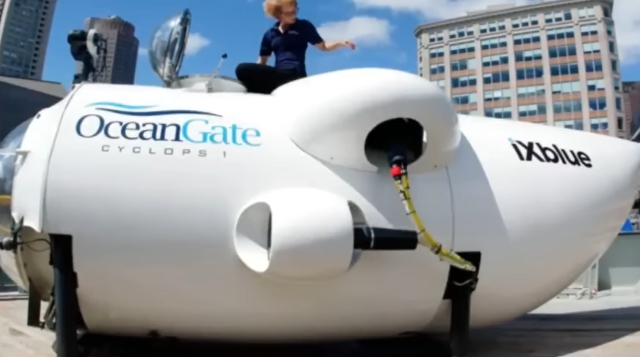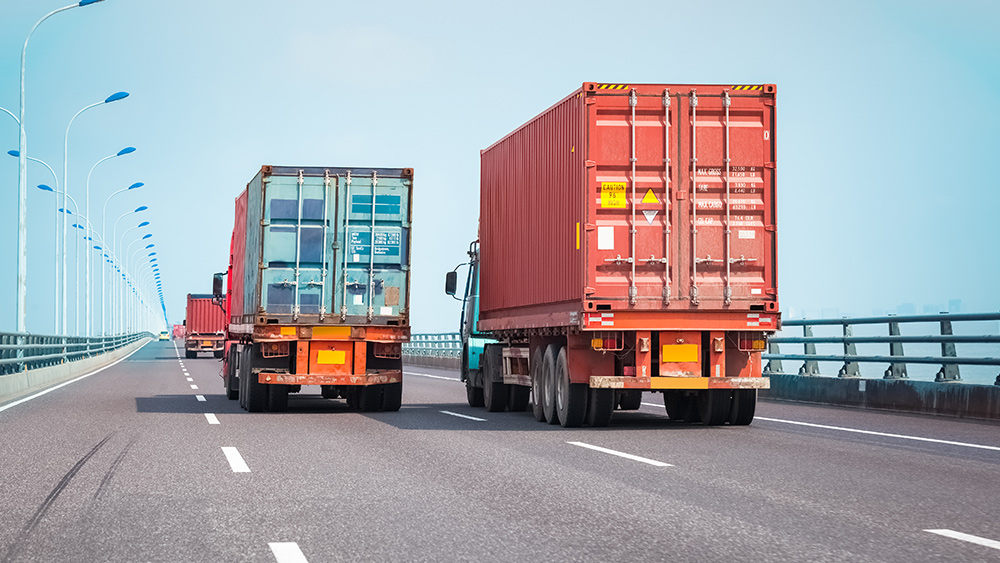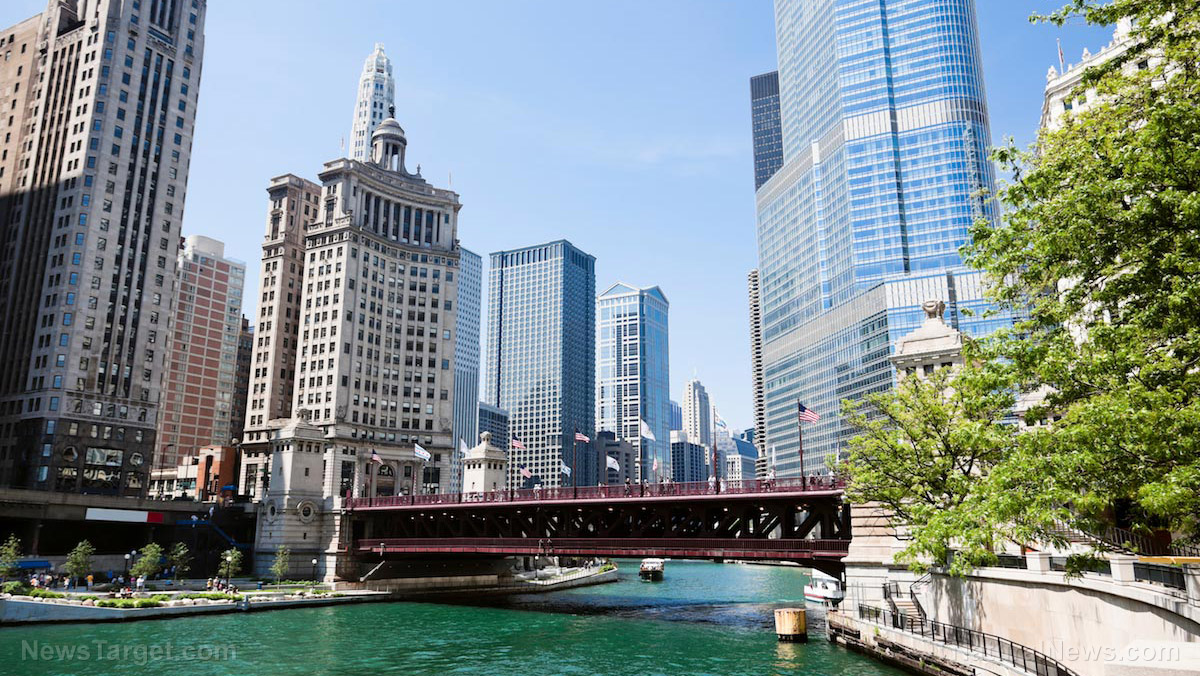
A magnitude 6.5 earthquake occurred along the central Mid-Atlantic Ridge on August 30. It was followed 20 hours later by a magnitude 6.2 temblor in the Chagos Archipelago in the middle of the Indian Ocean.
The pair of quakes were estimated to be about 6.2 miles underground. They were reported in the United States Geological Survey (USGS) and did not cause any damage in-land.
Although the quakes are far from land, underwater earthquakes pose a major threat to life on nearby continents as they could trigger tsunamis. In 2004, a massive undersea earthquake generated 100 foot-tall waves that rolled over several countries around the Indian Ocean.
Undersea earthquakes can trigger tsunamis
Large, shallow earthquakes generate the most catastrophic tsunamis, according to the International Tsunami Information Center (ITIC) in Honolulu, Hawaii.
These quakes usually occur along subduction zones, regions beneath Earth's surface in which a tectonic plate moves beneath a heavier plate. Subduction zones have a high seismic activity due to the collision of the plates. When these plates move past each other, they trigger strong earthquakes that can vertically deform large areas of the ocean floor. These deformations disturb the ocean's surface and displace water, generating tsunami waves that can travel great distances from the source region.
Experts said that an earthquake has to be sufficiently strong to cause tsunamis. Noticeable tsunamis require at least a magnitude 7 earthquake while widely damaging tsunamis require at least a magnitude 8 earthquake.
The 2004 tsunami that hit Indonesia was caused by a magnitude 9.1 undersea earthquake. It occurred along the Sunda Trench where the Indian Plate is subducting below the Burma micro-plate. It deformed the ocean floor and caused it to suddenly rise by as much as 130 feet, displacing massive amounts of water that rose about 100 feet to the sky.
The first several waves hit the shoreline of Banda Aceh in Indonesia and took more than 100,000 lives. Another wave of tsunamis pounded coastlines in Thailand, India, Sri Lank and South Africa, which is 5,000 miles from the quake's epicenter. Nearly 230,000 people died, making it one of the deadliest disasters in modern history.
Meanwhile, a magnitude 9 earthquake caused the massive tsunami that hit Japan in 2011. The quake occurred along the plate boundary where the Pacific Plate subducts beneath the Eurasian Plate. It unleashed a massive tsunami that reached run-up heights of up to 128 feet, flooding an area of 217 square miles in Japan. The waves also reached Alaska, Chile and Hawaii. In Chile, which is about 11,000 miles from Japan, waves were almost 7-foot-high when they reached the shore.
The massive tsunami also caused a nuclear meltdown in the Fukushima Daiichi Nuclear Power Plant. The waves overwhelmed electrical power and backup generators, causing the plant to lose its cooling capabilities. Japanese authorities said that Fukushima is not designed for a tsunami smaller than the one that hit Japan in 2011. (Related: Fukushima-scale nuclear disaster ready to happen in California or New York.)
Assessing tsunami hazard levels in the U.S.
The USGS and the National Oceanic and Atmospheric Administration (NOAA) established the National Tsunami Hazard Mitigation Program (NTHMP) to address the threat of a tsunami in the U.S. In the program's U.S. Hazard Summary Fact Sheet, authorities classified the tsunami hazard level of nine broad coastal regions:
- The West Coast – High to very high
- Alaska – High to very high
- Hawaii – High to very high
- American Samoa - High
- Guam and the Northern Mariana Islands – High
- Puerto Rico and the U.S. Virgin Islands – High
- The Atlantic Coast – Very low to low
- The Alaska Arctic Coast – Very low
- The Gulf Coast – Very low
About 95 percent of all reported tsunami strikes in the U.S. occurred in the Pacific states and territories, according to the summary.
Disaster.news has more on undersea earthquakes.
Sources include:
NWS.Weather.gov [PDF]
Please contact us for more information.























